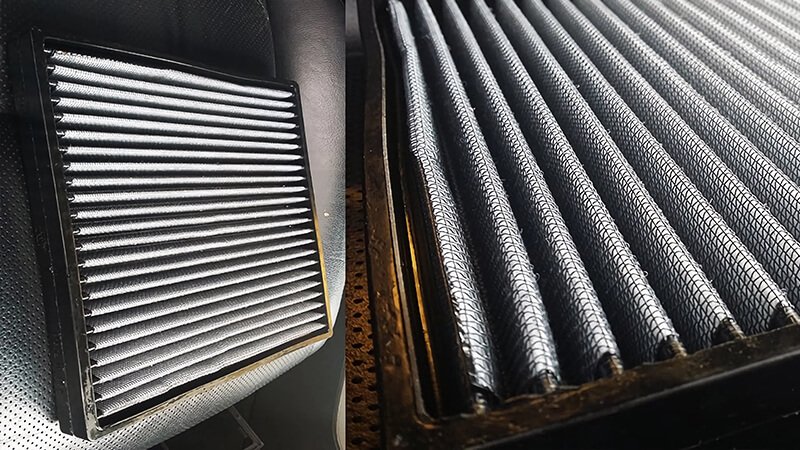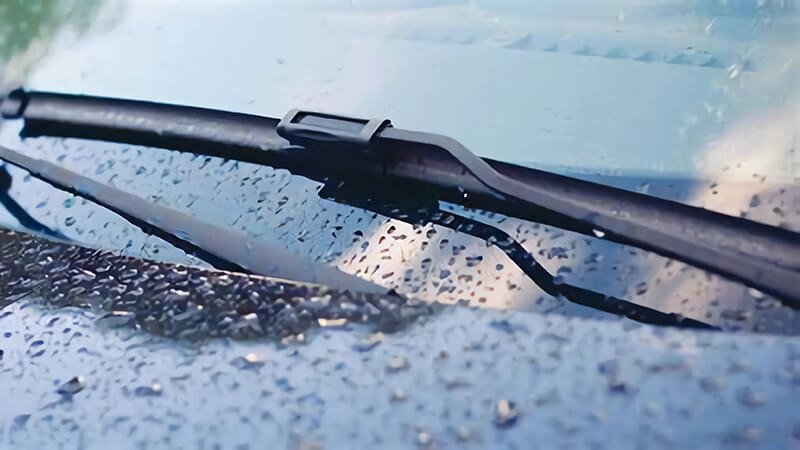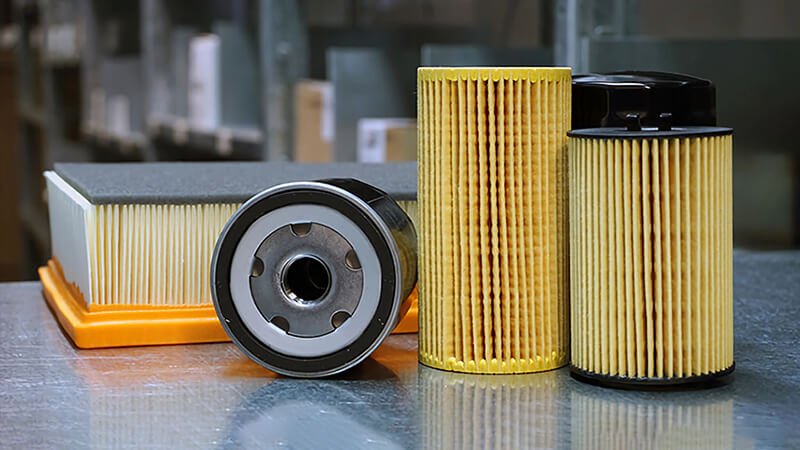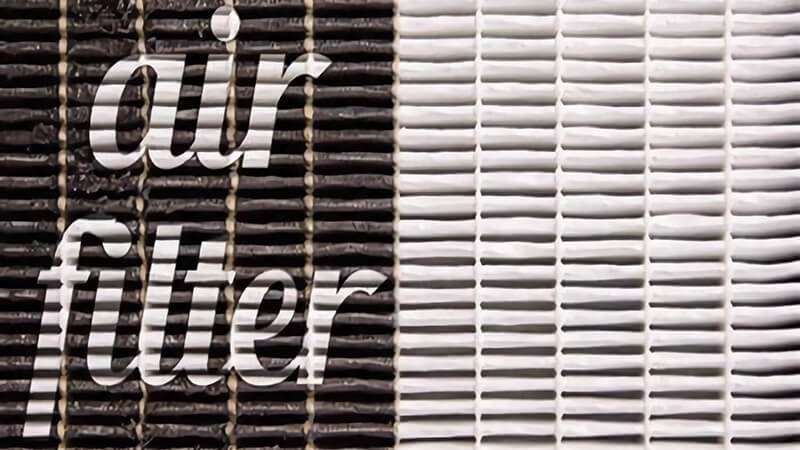When your car starts sputtering after a rainstorm, the culprit might be simpler than you think—your air filter. Water and air filters don’t mix, and the result can be more serious than expected.
A wet car air filter can disrupt engine airflow, reduce fuel efficiency, and in severe cases, lead to engine damage like hydrolock.
Many drivers underestimate this risk. I’ve seen it firsthand. A client I worked with suffered repeated breakdowns every rainy season. Once we identified the issue—moisture entering the intake—we replaced their standard air filter with Runex Auto’s waterproof air filter. That change eliminated engine troubles and maintenance headaches.

Is it bad if your car air filter gets wet?
Most people don’t think twice about where their car’s air filter sits—until it gets soaked. Unfortunately, by then, it’s already too late.
Yes, a wet car air filter is a serious problem. It limits airflow, causes the engine to run rich, and may trigger long-term damage.
How does a wet filter hurt performance?
Let’s break it down:
| Effect | Cause | Result |
|---|---|---|
| Poor air intake1 | Filter clogs with moisture | Engine lacks oxygen |
| Rich fuel mixture2 | More fuel, less air | Misfiring or stalling |
| Reduced power | Engine struggles to breathe | Slower acceleration |
| Long-term damage3 | Water seeps into combustion | Possible hydrolock |
Runex Auto’s air filters are designed with hydrophobic layers and quick-drain channels to resist moisture. These features ensure reliable engine function—even in rainy or humid conditions. Our filters are OEM-verified, meaning they go through intense lab and field tests to perform consistently across environments.

What happens if rain gets in your air filter?
Many vehicles, especially those without sealed engine bays or hood scoops, are vulnerable to rainwater entering the air intake system.
If rain gets into your air filter, it soaks the filter media, disrupts airflow, and can carry moisture into your engine’s intake manifold or combustion chamber.
Why does rain cause such a big issue?
Here’s what typically happens:
1. Airflow restriction
Wet filters act like a sponge. They block the free flow of air. Your engine gets less oxygen and struggles to maintain combustion.
2. Sensor misreadings
Modern cars rely on precise airflow data. A damp filter confuses the mass airflow sensor, leading to erratic fuel injection patterns.
3. Internal corrosion
In extreme cases, rainwater may bypass the filter altogether, entering metal engine parts and causing rust or corrosion.
That’s why at Runex Auto, our air filters include layered filtration, reinforced by moisture-resistant synthetic fibers. These aren’t just weatherproof—they’re engineered for durability under sudden weather shifts, especially in markets like the UK where rain is frequent and unpredictable.

What happens if water gets into a car air intake?
It’s every driver’s nightmare: you drive through a puddle, your car stalls, and won’t start again. Water in the air intake system is often the hidden villain.
If water enters your car’s air intake, it can reach the combustion chamber and cause hydrolock, a condition that can destroy your engine instantly.
What exactly is hydrolock?
What it means:
Hydrolock occurs when water, an incompressible fluid, enters the combustion chamber. When the piston tries to compress this water, it can bend or break rods, crack pistons, or even destroy the engine block.
Why it happens:
- Driving through deep water
- Damaged or unsealed air intake
- Poorly placed filter exposed to road splash
| Intake Position | Risk Level | Notes |
|---|---|---|
| Low-mounted | High | Prone to puddle splash |
| High-mounted | Low | Safer in heavy rain |
| With snorkel | Minimal | Off-road optimized |
Runex Auto’s intake designs4 are tested for splash and water ingress. Our OEM partners demand high resilience against water intrusion5, which we ensure by integrating raised intake placements and dual-layer hydrophobic filtering elements. This setup doesn’t just reduce hydrolock6 risk—it practically eliminates it.

How long does it take for a wet air filter to dry?
Maybe your filter just got a bit damp during a car wash. You might wonder—can you just dry it and reuse it?
Depending on humidity and material, a wet air filter may take 24–48 hours to dry completely, but using it before it’s fully dry risks engine damage.
Drying isn’t always the solution
Here’s why:
1. Time-consuming7
Even in sunny conditions, filters with dense media like cotton or synthetic blends take longer to dry. In humid regions like coastal UK towns, it may take over two days.
2. Material degradation8
Paper-based filters can warp or weaken when wet, even after drying. Reinstalling a compromised filter could allow unfiltered air into your engine.
3. Mold and contamination9
Moist environments foster mold growth. Once contaminated, filters become health hazards—especially for cabin air filters.
That’s why I always advise clients to keep a spare filter on hand. Runex Auto filters are affordable, easy to swap, and most importantly—engine-protecting. If your filter ever gets wet, swap it out rather than risking performance loss or repair costs.

Conclusion
A wet air filter 10 might seem harmless, but its impact can range from poor engine performance to total engine failure. Moisture restricts airflow, messes with sensors, and can even cause hydrolock. From my experience, prevention is the best policy. That’s why at Runex Auto, we build filters designed to withstand wet environments, combining protective layers with smart drainage design. Whether you’re facing rain, road splash, or humidity, our filters ensure your engine keeps breathing clean, dry air—every mile of the way.
-
Understanding the causes of poor air intake can help you maintain your engine's performance and longevity. ↩
-
Exploring the effects of a rich fuel mixture can provide insights into optimizing fuel efficiency and engine health. ↩
-
Learning about long-term damages can help you prevent costly repairs and ensure your engine runs smoothly. ↩
-
Choosing the right intake design is vital for engine safety. Check out this resource to find the best options for preventing hydrolock. ↩
-
Water intrusion can severely impact engine performance. Discover more about its effects and how to protect your vehicle from it. ↩
-
Understanding hydrolock is crucial for vehicle maintenance and preventing engine damage. Explore this link to learn more about its causes and prevention. ↩
-
Discover the factors that make drying air filters a lengthy process and find better alternatives for filter maintenance. ↩
-
Understanding material degradation helps you choose the right filters and avoid costly repairs. Explore this link for detailed insights. ↩
-
Learn about the risks of mold in air filters and how to prevent health hazards. This resource provides essential information for filter maintenance. ↩
-
Know the best OEM Auto Air Filter from Runex Auto. ↩













